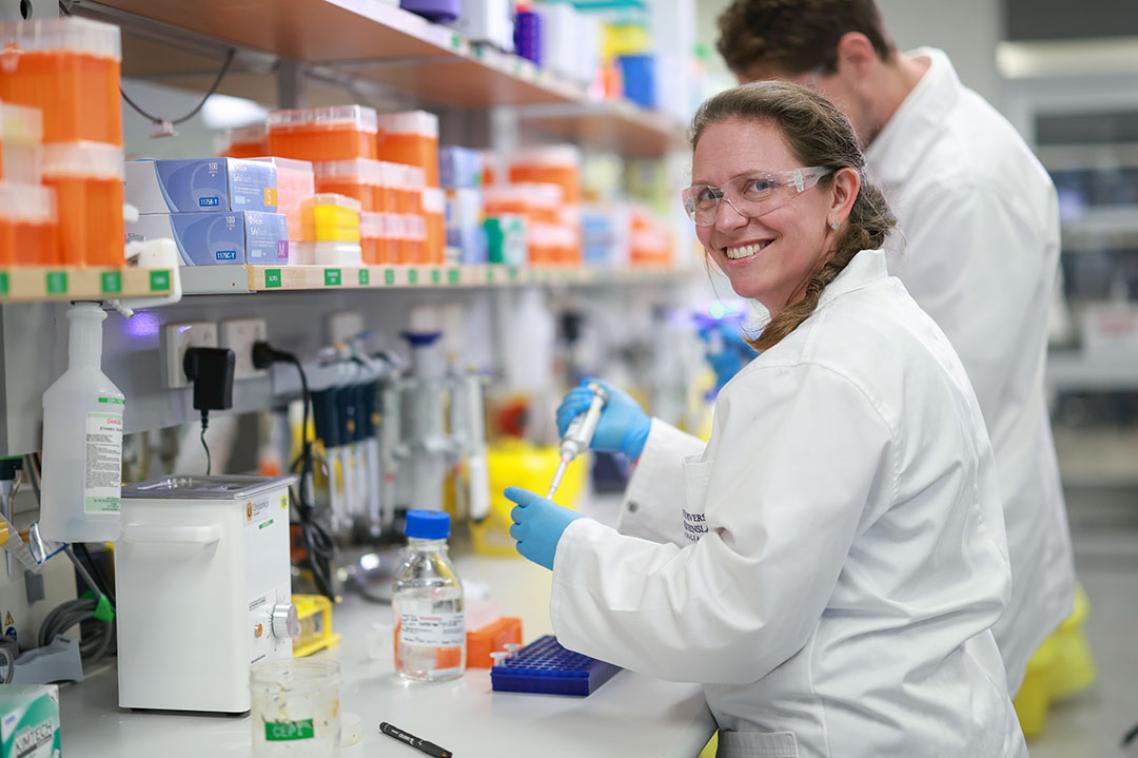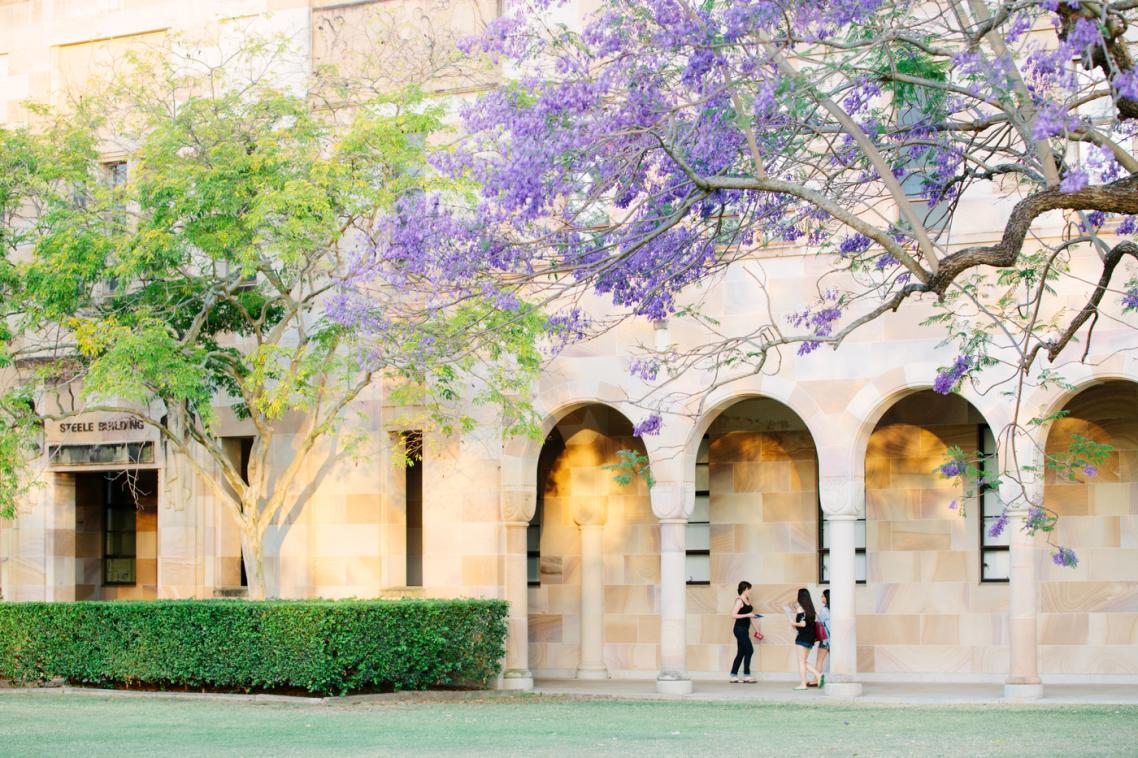Amphetamine use continues to rise in South East Queensland
Drug survey figures show a continued increase in amphetamine use in Queensland amongst injecting drug takers, possibly leading to an increase in violent crime.
The Queensland part of the national survey, carried out by the Queensland Drug and Alcohol Education Centre (QADREC) at The University of Queensland, showed a "heroin drought" occurred in Queensland during the year of 2001.
The survey of the last six months of 2001 finds the increased use of a crystalline methamphetamine - known popularly as "base", "ice" or "shabu" - was associated with increases in violent crime and property crimes in Queensland.
"Accident and Emergency Departments reported increases in those presenting with methamphetamine-related problems, ranging from paranoia, anxiety, depression, psychotic breakdown and violent behaviour," said QADREC researcher Gabrielle Rose.
The survey of 101 injecting drug users and 50 Key Informants who had frequent contact with illegal drug users is part of an ongoing national Illicit Drug Reporting System (IDRS) study conducted in each State and Territory each year.
The survey found that:
· There was a reduction in the proportion of respondents who injected heroin the last six months of 2001. The price of heroin appears to be increasing, while the purity and availability is decreasing.
· There was increased use of amphetamines in all its forms. The price is decreasing and evidence suggests the purity may be increasing. Most methamphetamine users injected the drug.
· The purity, availability and use of cocaine increased in south-east Queensland, although price appears to be stable. Injection of cocaine had increased, although snorting remained the most popular route of administration.
Ms Rose said the overall theme was that the heroin drought, first identified in 2001, was continuing to have a major impact on the illegal drug market.
"There is evidence, for example, that methaphetamine substance use may have partially filled the gap associated with the decreased availability of heroin."
Media: For more information or a copy of the report, contact Gabrielle Rose (telephone 07 3365 5287), Jan King (telephone 07 3365 1120) or Peter McCutcheon (mobile 0413 380 012) at UQ Communications.
Related articles

Billion-dollar deal takes UQ vaccine tech to the world

UQ researchers top nation for ARC Industry Fellowships
Media contact
UQ Communications
communications@uq.edu.au
+61 429 056 139
